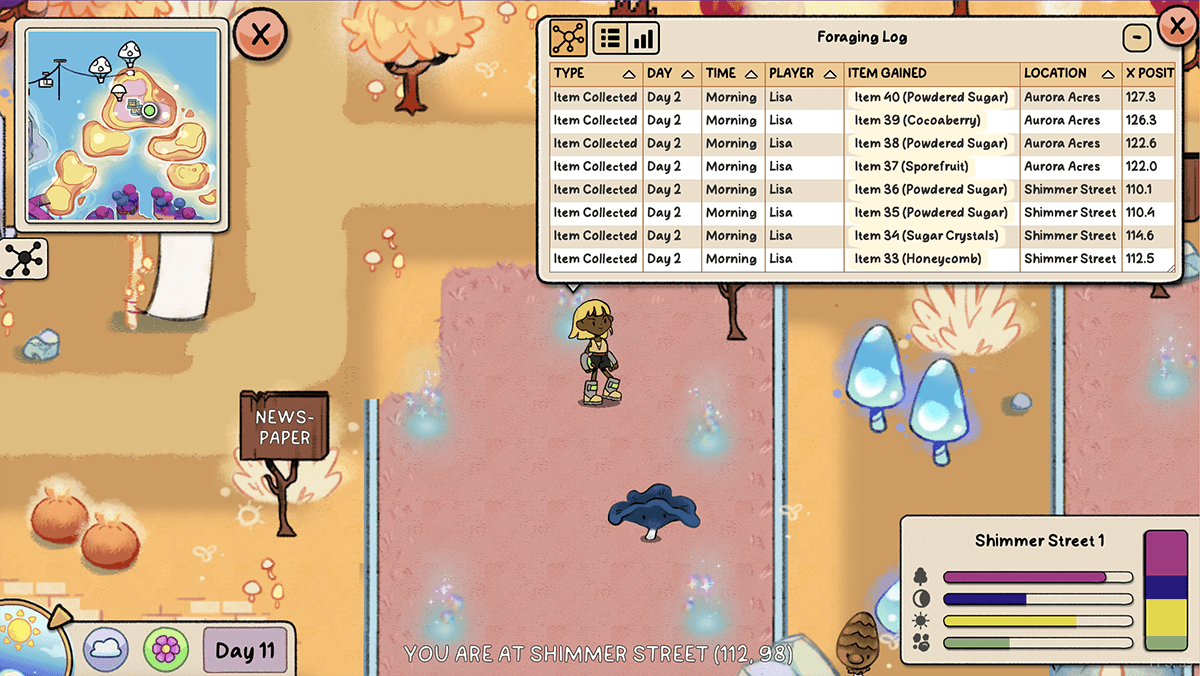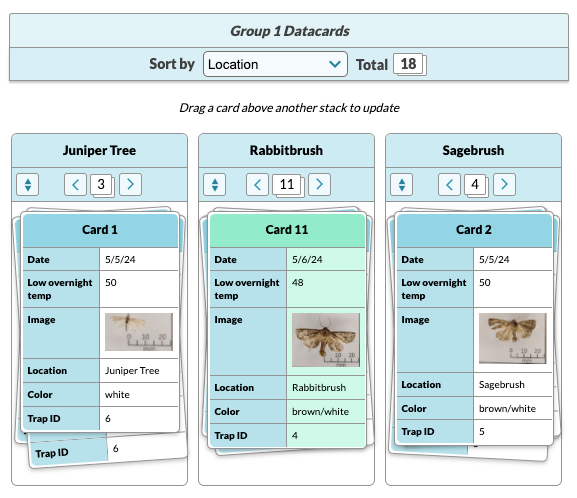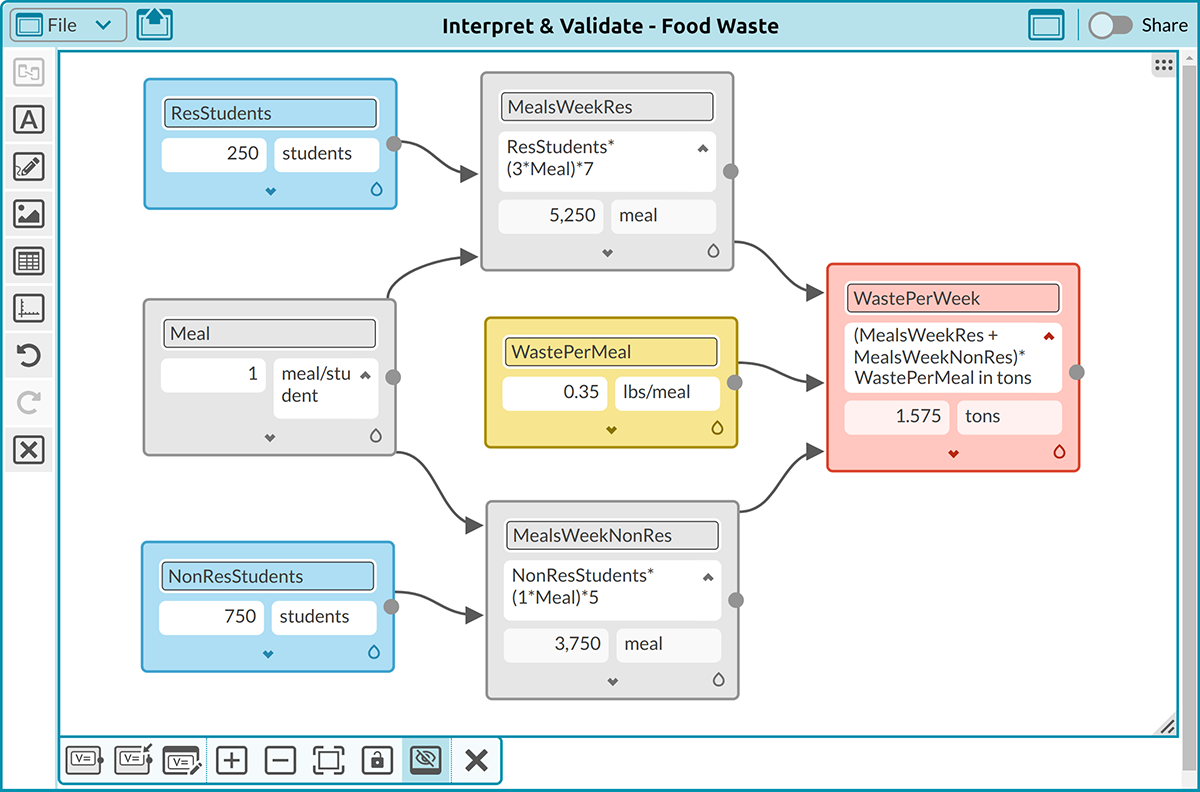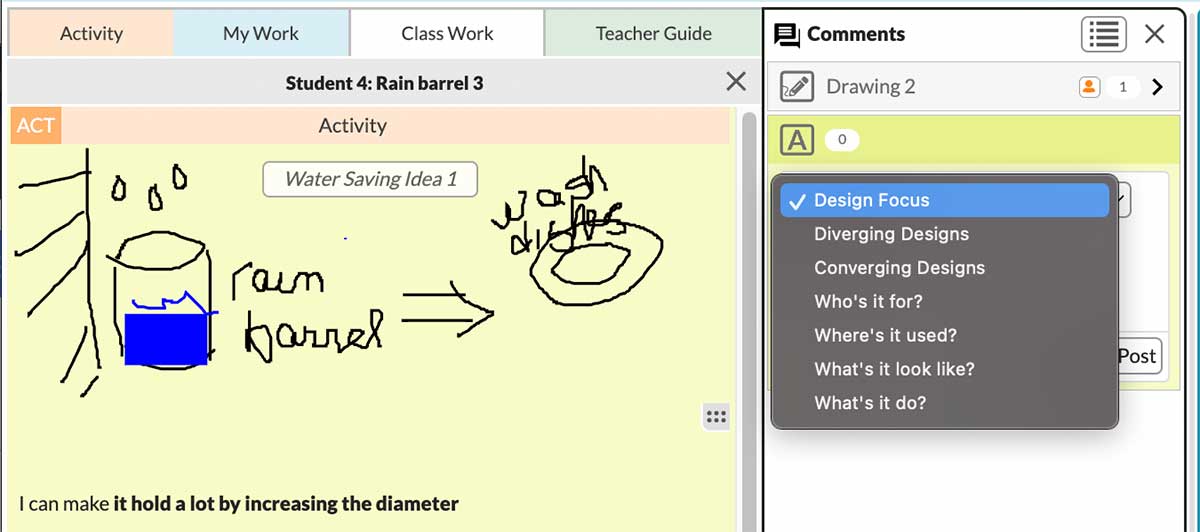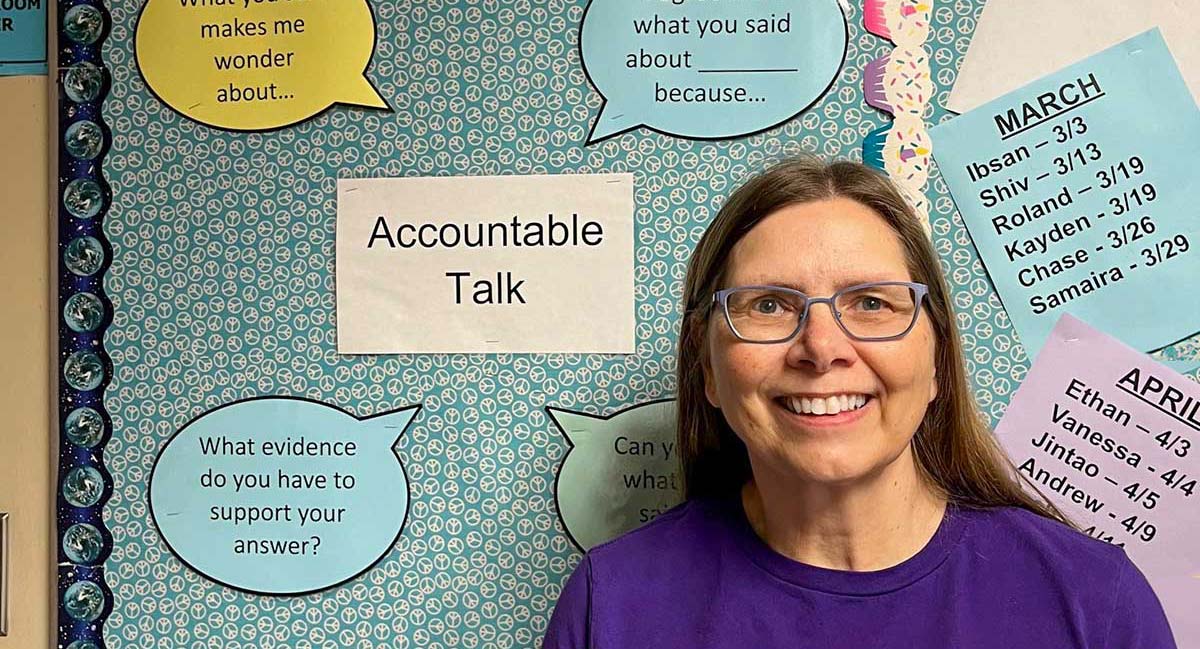New Data Types and New Data Interfaces, Navigating the World of Units in M2Studio, Sensemaking Rubrics for AI, and more in Spring @Concord
Perspective: The History and Future of Technology Paradigms
Three decades ago, the Concord Consortium began amid a wave of true technological innovation. As the public was still coming to grips with the very concept of a computer, the Web launched another new era—networked computing—that would change education and society forever. Over the ensuing thirty years, technologies have repeatedly converged, reshaping teaching, learning, and daily life. In their book The Infinite Retina, Irene Cronin and Robert Scoble frame the path to our current computing age as a progression of paradigms. This view provides a useful lens for parsing technology’s past, and for identifying the trends that will define its future.
New Data Types and New Data Interfaces
Working with data is a critical 21st century skill. Unfortunately, far too many students and teachers still examine data in spreadsheets using unwieldy or limited visualization tools. In the meantime, data has evolved. Today’s datasets can be large and include data with complex structures and interrelationships, or the data may vary in both space and time. Ongoing research by the Concord Consortium and our colleagues is paving the way for novel interfaces and approaches that make such data explorable in new ways.
Isles of Ilkmaar: A Multiplayer Game for Teaching Data Science
In the Isles of Ilkmaar, a fictional multiplayer game featuring an archipelago of diverse and magical biomes, middle school students are citizens of the islands who befriend and care for the local creatures. So what happens when their harmonious coexistence is jeopardized by a food shortage, or a novel illness that threatens the island ecosystem? Can game players work together using game data to restore ecological balance?
Three Decades of Educational Innovations
When the Concord Consortium was founded in 1994, Google and YouTube didn’t exist and Amazon was in its infancy.* Today, there are billions of searchable web pages and YouTube videos. Amazon customers currently place over 12 million orders per day. These staggering numbers highlight not only the growth of the Web but also the data deluge of the past three decades. Today, AI is crunching vast amounts of data, creating pathways to new solutions for seemingly intractable problems, and offering new opportunities for education. Thirty years has seen extraordinary advances in educational technology from online courses to web applications and the use of AI to support students. We are proud to be part of that history.
Capturing Moths and Studying Data Science
Moths without mouths? Moths that can trick predators? Moths who favor a good IPA? Really? It’s true— they like a tasty brew. These are some of the lesser-known facts about our ubiquitous nighttime visitors. Moths also are important pollinators as well as a key food source for birds, bats, and bears. Although moths are an essential element in ecosystems worldwide, little is known about moth ecology compared to other pollinators such as bees and butterflies. The MothEd project aims to fill this gap, offering students opportunities to do field science and engage in science practices in an area where many research questions have yet to be explored.
Navigating the World of Units in M2Studio
Dimensional analysis is an essential analytical tool connecting abstract mathematical concepts with real-world applications by ensuring the coherence of physical equations. A solid understanding of units and unit conversions is not just a mathematical exercise; it is central to mastering dimensional analysis principles and making sense of the real world. M2Studio supports students in mathematical modeling and the application of these principles.
Under the Hood: Sensemaking Rubrics for AI
A high school engineering teacher poses a problem: Design a solution for a home in a drought-plagued community to save and store water. Student groups start drawing and annotating their ideas. After some time, the teacher notices one group converging around a single concept: a rain barrel. Although she encourages the team to expand their thinking, they’re stumped. The Mobile Design Studio (MODS) can help. It provides teachers and students with artfully chosen design heuristics that inspire creative problem-solving.
Teacher Innovator Interview: Marian Murembya
Marian Murembya was the fifth child in her family. She laughs when she describes her parents as “worn out” by the time she came along, but she’s glad for what that offered her childhood. “I was a free range kid who did a lot of exploring,” she muses. Her parents also encouraged Marian and her siblings to ask questions, which she did in abundance. These qualities would become the touchstone of her educational philosophy.
News at Concord Consortium
The Concord Consortium is spearheading a number of initiatives in the field of artificial intelligence. Leslie Bondaryk is the Chief Technology Officer and a fellow in EDSAFE AI Alliance’s Women in AI Fellowship program. Jie Chao is director of a new AI in Math $4 million project funded through the U.S. Department of Education’s Education Innovation and Research program. We asked them to reflect on AI in education.



